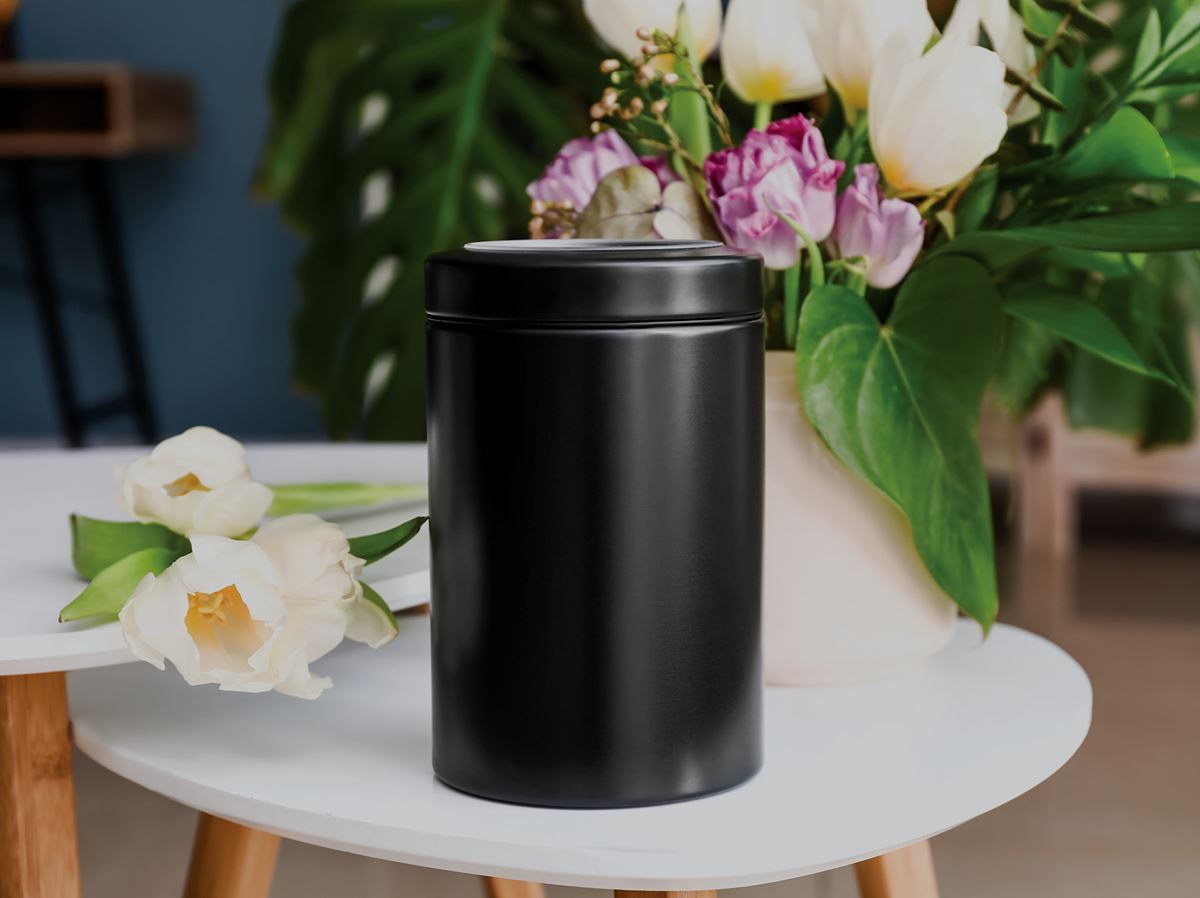
What is a funeral urn used for and how to choose it?
Published on August 15, 2016
- Services
- Prearrangements
- Rituals
The use of the funeral urn dates back to prehistoric times. Intended to collect the ashes of the deceased person, it symbolically represents the deceased and bears witness to his/her importance in the lives of his/her loved ones. The choice of a funeral urn, a tribute in memory of the deceased, is made according to the deceased's beliefs, personality and past life.
The origins of the funeral urn
The use of a funeral urn is believed to date back to prehistoric times, based on the discovery of urns buried during the Bronze Age. However, it is mainly funeral urns dating back to antiquity that have been found, making it possible to conclude that almost all civilizations practised the rites of cremation. The Greeks used lekythoi, ancient Greek vases, as funeral urns, and the Etruscans who lived on the Italian peninsula first used biconical urns and subsequently, canopic urns, before opting instead for sarcophagus-shaped urns. As for the Romans, they stored the urns in a funerary altar or a honeycomb wall, already called a columbarium. The material in which the urn was made was directly associated with the social status of the deceased: the emperors' urns were made of gold, those of their companions or relatives were made of silver, and those of prominent people were made of bronze.
Today, the funeral urn is still intended to preserve the deceased's ashes and, in Quebec, loved ones have a number of options to choose from:
- Bury the ashes in a legally established cemetery.
- Place or scatter them at a location highly valued by the deceased.
- Keep the funeral urn at home or in a niche at the columbarium.
The choice of a funeral urn
When a person is going through the distressing moments of losing a loved one, it isn't easy to clear-headedly choose a funeral urn in memory of the deceased. This decision is important, however, because it is the last thing that loved ones see of the deceased and it is a symbol full of emotions for those who come to attend the funeral or ceremony.
By recalling happy memories, we strive to select a funeral urn that is in keeping with the personality of the deceased and honours him, that reflects his/her importance in our lives, and that pays a beautiful tribute to his/her past life. Deciding on the type of funeral urn involves:
- Selecting the material: granite, wood, ceramic, bronze, stainless steel, porcelain, alabaster, marble, etc.
- Opting for a certain shape: curved, square, diamond-shaped, etc.
- Choosing the lettering.
- Maybe selecting symbolic representations, engraving or lithography. In particular, the urn must be chosen based on the destination of the cremation ashes.
- For an urn intended to be stored at home, emphasis is placed on the aesthetic aspect.
- A funeral urn that will be kept in a columbarium must comply with the dimensions of the niche.
- Ceramic, porcelain, alabaster or marble, resistant over time, are perfect for a funeral urn to be buried inside a family vault or in the ground.
- A funeral urn intended to be put out to sea must be made exclusively of biodegradable materials, such as salt or cardboard.
- If funeral ashes are to be scattered in the nature, any funeral urn may be appropriate as long as its use is limited to transporting the ashes.
Each person is unique, which is why choosing a funeral urn—a genuine tribute to the deceased—requires long thought. Nowadays, funeral urns can be personalized and can even be customized, and most funeral homes have a system that makes it possible to submit a modifiable project before starting to carry out the final choice.